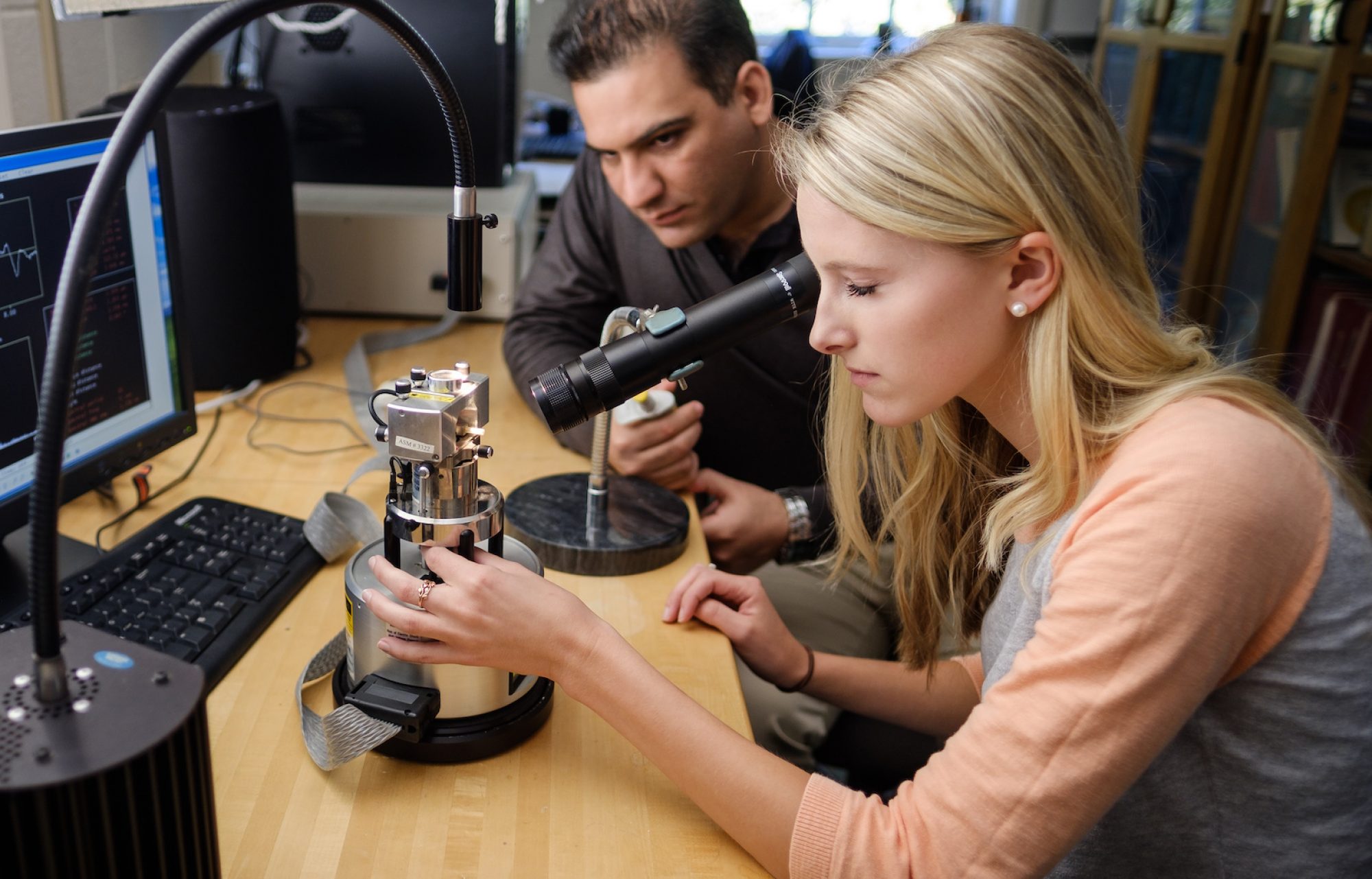Professor Lauren Lowman, Assistant Professor, Department of Engineering, Wake Forest University
George P. Williams, Jr. Lecture Hall, (Olin 101)
Wednesday, October 3, 2018, at 4:00 PM
There will be a reception with refreshments at 3:30 PM in the lounge. All interested persons are cordially invited to attend.
ABSTRACT
Predicting how plant canopy density and greenness respond to changing climate conditions is key for monitoring ecosystem health. Variability in plant canopy properties of leaf area index (LAI) and fraction of photosynthetically active radiation (FPAR) reflect concurrent atmospheric and soil conditions. During the growing season, favorable temperatures and longer periods of sun exposure are conducive to plant growth and canopy development. However, intermittent changes in water availability lead to reductions in plant health and function. Changes in vegetation canopy are often modeled through parameters representing the optimal growing conditions and include temperature, light, atmospheric water demand and soil water availability. Determining optimal biophysical parameters that capture the nonlinearity of plant water relations and the non-stationarity of the underlying climatological condition poses a challenge, especially when long periods of the climate record are dominated by either wet or dry conditions. Further, even if a stationarity assumption holds over the long-term climatological record, often only relatively short records of surface and atmospheric properties are available which can exhibit intermittent trends.
Using limited climate records, parameters representing favorable plant growth conditions are estimated within a Bayesian framework. This presentation demonstrates how uncertainty introduced by the inherent non-stationarity of model inputs propagates from the parameter estimates through a land-surface hydrology model coupled to a predictive phenology model. Parameters estimated from different analysis periods effectively calibrate a plant water-use strategy within the land-surface hydrology model. A specific application of the coupled hydrology-phenology modeling framework for assessing and quantifying the impacts of wildfires on the Southeast U.S. carbon budget will be described with preliminary results.
